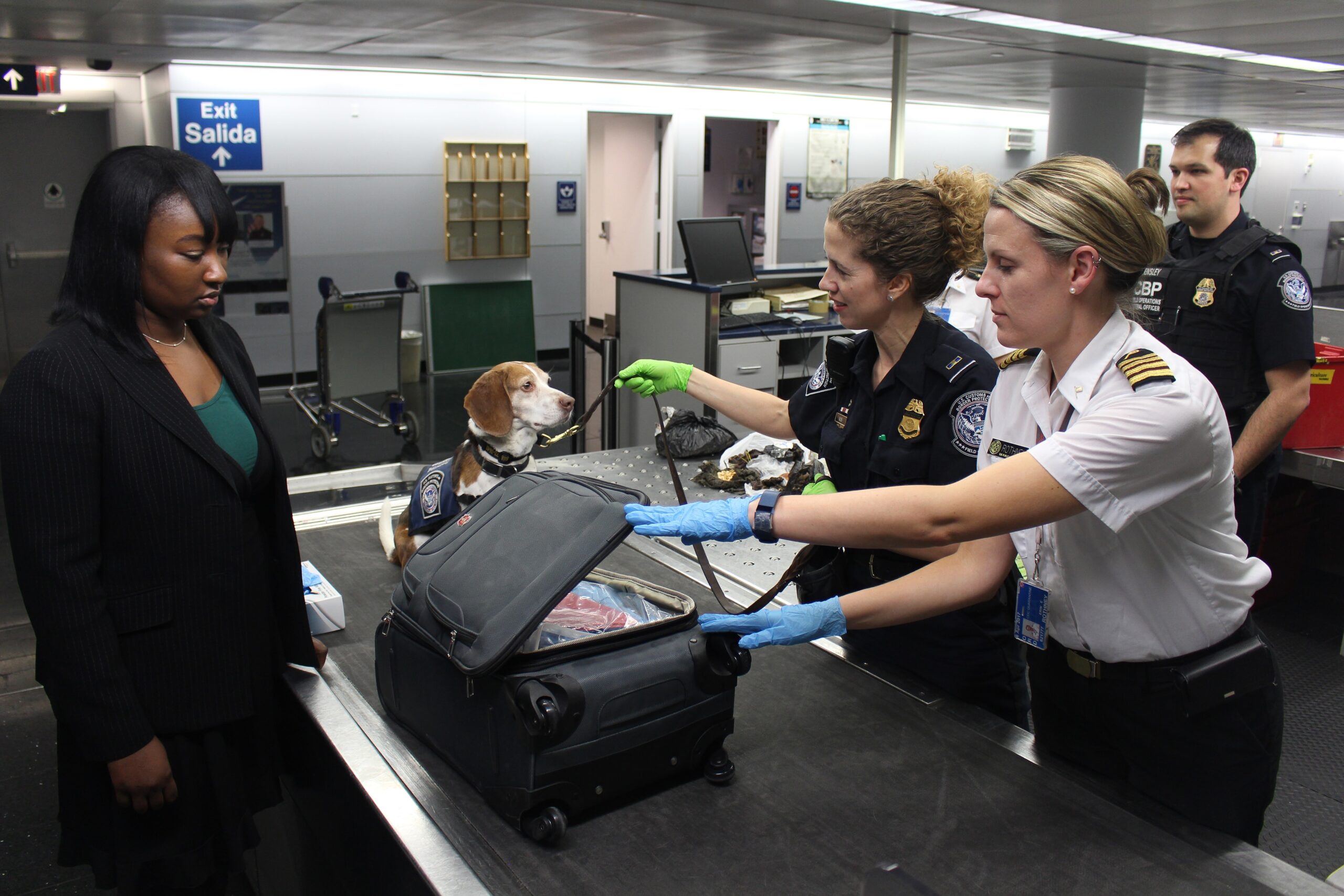
Traveling internationally with a dog can be an exciting experience, but it definitely requires careful planning and preparation. Whether you are relocating with your fur baby or simply taking a vacation, there are several steps you should take to ensure a smooth and stress-free journey. As someone whose dog has flown as close as Louisiana and as far as Thailand, I definitely know how it feels to prepare and experience traveling with a dog. Below we will discuss what you should expect when traveling internationally with a dog and the steps you should take to make the process as easy as possible. Many of these same tips can be used when traveling domestically as well!
Check the Requirements of Your Destination Country
The first step in traveling internationally with a dog is to research the requirements of your destination country. Each country has its own set of regulations and requirements for importing pets, so it’s important to check these before you make any travel arrangements. Some countries may require certain vaccinations, quarantine periods, or even specific health certificates. Make sure you have all the necessary paperwork and documentation before you depart.
Consult with Your Vet
Before you travel, it’s important to take your dog to the vet for a check-up. Your vet can ensure that your dog is in good health and up-to-date on all necessary vaccinations. They can also provide you with a health certificate, which is often required for international travel. Additionally, your vet may be able to provide you with some helpful tips for traveling with your pet.

Choose the Right Mode of Transportation
There are several options for traveling internationally with a dog, including air travel, train, and boat. Each mode of transportation has its own set of requirements and restrictions, so it’s important to choose the right one for you and your pet. Air travel is often the most common choice, but you will need to ensure that your airline allows pets on board and that you have the proper carrier for your dog.
Get a Proper Carrier
If you’re traveling by air, your dog will need to be in an airline-approved carrier. Make sure to choose a carrier that is the right size for your dog and that meets all of the airline’s requirements. You should also make sure that your dog is comfortable and familiar with the carrier before you depart. The last thing you want is an anxious dog during your flight.
Plan for Your Dog’s Comfort
Traveling internationally with a dog can be stressful for both you and your pet. To make the journey as comfortable as possible, pack some of your dog’s favorite toys, blankets, and treats. You may also want to consider using calming aids, such as pheromone sprays or natural remedies, to help your dog relax during the journey.

Prepare for Customs
When you arrive at your destination country, you will need to go through customs with your dog. This may involve a thorough inspection of your dog’s paperwork and a physical examination of your pet. Make sure you have all of the necessary documentation and that your dog is healthy and well-groomed for the inspection.
Be Prepared for Any Emergencies
Traveling internationally with a dog can be unpredictable, so it’s important to be prepared for any emergencies that may arise. Make sure you have a list of emergency vet clinics and animal hospitals in the area where you are staying. You should also pack a first-aid kit for your dog, including any medications your pet may need.
Preparation for Emotional Support and Service Dogs
Emotional support dogs (ESD) and service dogs are both types of assistance animals that are allowed to travel with their owners on airplanes and other forms of public transportation. However, the requirements for these types of dogs may differ depending on the destination country and the specific mode of transportation.
Emotional support dogs are typically used to provide comfort and support to individuals with emotional or mental health conditions such as anxiety, depression, or PTSD. While ESAs are not trained to perform specific tasks, they are recognized as providing a therapeutic benefit to their owners. To travel with an emotional support dog internationally, you’ll need to obtain a letter from a licensed mental health professional stating that you require an ESA for emotional support.
Service dogs, on the other hand, are specially trained to perform tasks for individuals with disabilities such as blindness, deafness, or mobility impairments. These tasks can include guiding the owner, alerting them to sounds, or providing balance and stability. To travel with a service dog internationally, you’ll need to provide documentation of the dog’s training and certification as a service animal.
It’s important to note that while emotional support dogs and service dogs are both allowed to travel with their owners, they are not treated the same under the law. Service dogs are protected under the Americans with Disabilities Act (ADA) and are allowed to accompany their owners in all public places, while emotional support dogs do not have the same legal protections and may not be allowed in certain areas.
When traveling internationally with an emotional support dog or service dog, it’s important to research the destination country’s requirements for assistance animals. Some countries may have specific requirements for documentation or may even prohibit certain breeds of dogs from entering the country.

Overall, emotional support dogs and service dogs can provide invaluable assistance to their owners while traveling internationally. By understanding the requirements and regulations surrounding assistance animals, you can ensure a safe and stress-free trip for both you and your furry companion.


 March 9, 2021
March 9, 2021



